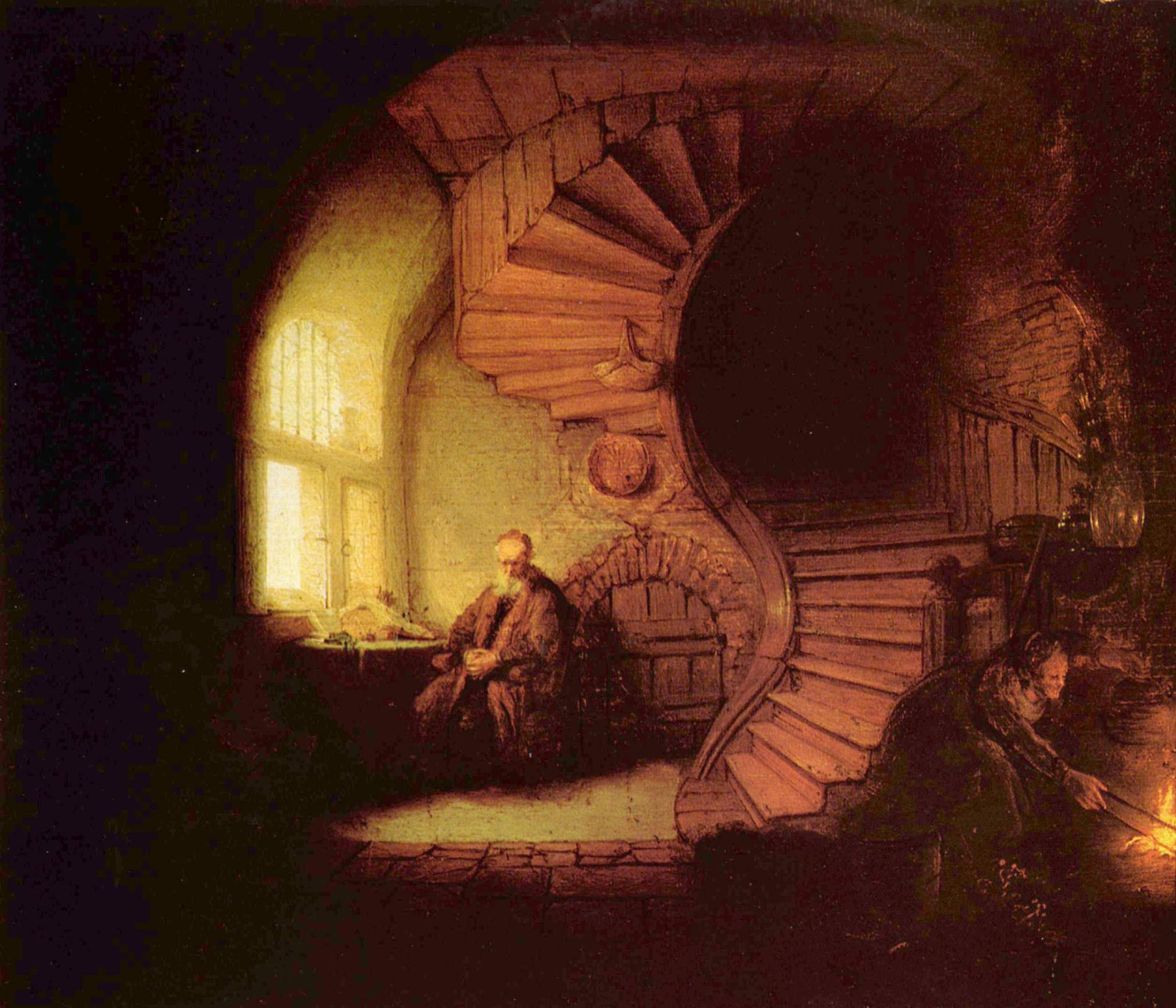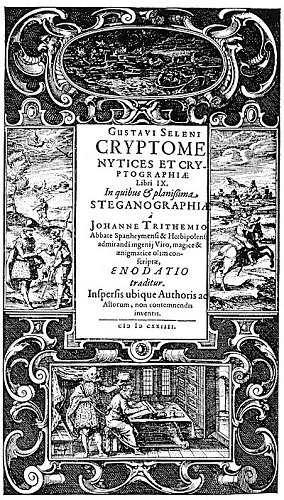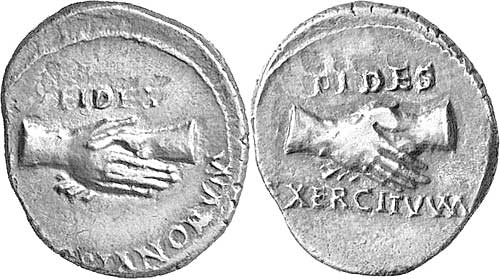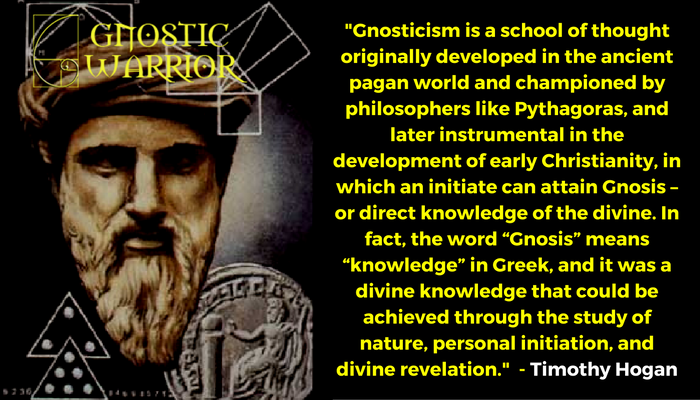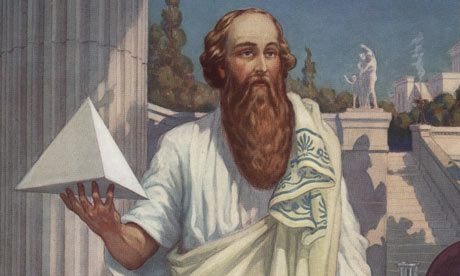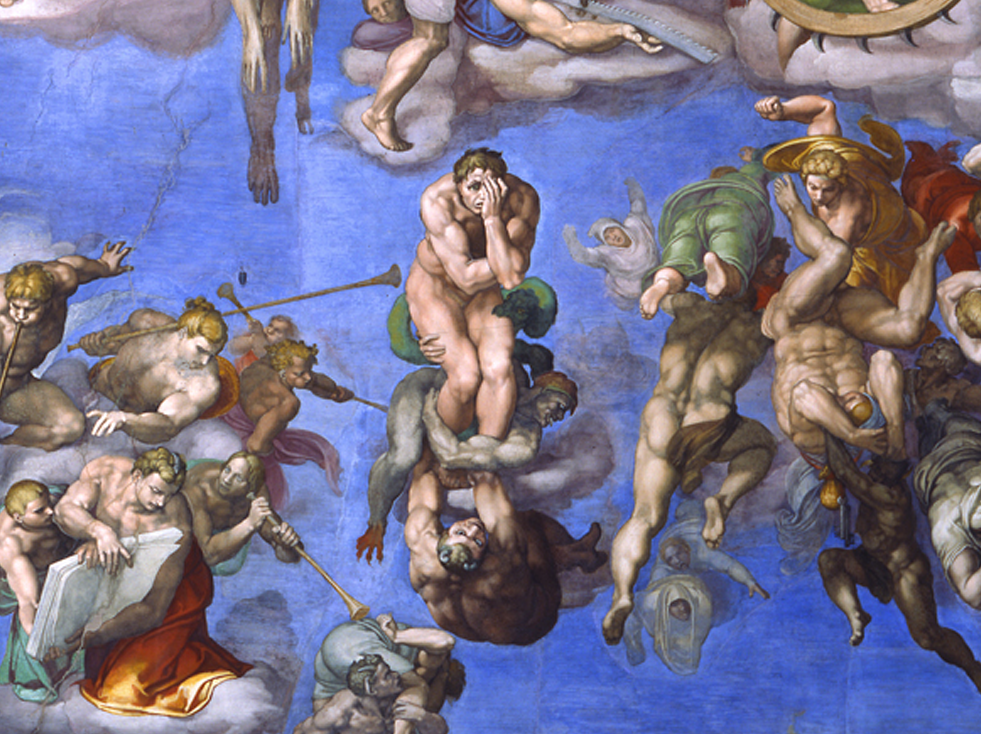X. When rising from the bedclothes, roll them together, and obliterate the impression of the body. Pythagoras directed his disciples who had awakened from the sleep of ignorance into the waking state of intelligence to eliminate from their recollection all memory of their former spiritual darkness; for a wise man in passing leaves no form behind him which others less intelligent, seeing, shall use as a mold for the casting of idols.
The most famous of the Pythagorean fragments are the Golden Verses, ascribed to Pythagoras himself, but concerning whose authorship there is an element of doubt. The Golden Verses contain a brief summary of the entire system of philosophy forming the basis of the educational doctrines of Crotona, or, as it is more commonly known, the Italic School. These verses open by counseling the reader to love God, venerate the great heroes, and respect the dæmons and elemental inhabitants. They then urge man to think carefully and industriously concerning his daily life, and to prefer the treasures of the mind and soul to accumulations of earthly goods. The verses also promise man that if he will rise above his lower material nature and cultivate self-control, he will ultimately be acceptable in the sight of the gods, be reunited with them, and partake of their immortality. (It is rather significant to note that Plato paid a great price for some of the manuscripts of Pythagoras which had been saved from the destruction of Crotona. See Historia Deorum Fatidicorum, Geneva, 1675.)
PYTHAGOREAN ASTRONOMY
According to Pythagoras, the position of each body in the universe was determined by the essential dignity of that body. The popular concept of his day was that the earth occupied the center of the solar system; that the planets, including the sun and moon, moved about the earth; and that the earth itself was flat and square. Contrary to this concept, and regardless of criticism, Pythagoras declared that fire was the most important of all the elements; that the center was the most important part of every body; and that, just as Vesta’s fire was in the midst of every home, so in the midst of the universe was a flaming sphere of celestial radiance. This central globe he called the Tower of Jupiter, the Globe of Unity, the Grand Monad, and the Altar of Vesta. As the sacred number 10 symbolized the sum of all parts and the completeness of all things, it was only natural for Pythagoras to divide the universe into ten spheres, symbolized by ten concentric circles. These circles began at the center with the globe of Divine Fire; then came the seven planers, the earth, and another mysterious planet, called Antichthon, which was never visible.
Opinions differ as to the nature of Antichthon. Clement of Alexandria believed that it represented the mass of the heavens; others held the opinion that it was the moon. More probably it was the mysterious eighth sphere of the ancients, the dark planet which moved in the same orbit as the earth but which was always concealed from the earth by the body of the sun, being in exact opposition to the earth at all times. Is this the mysterious Lilith concerning which astrologers have speculated so long?
Isaac Myer has stated: “The Pythagoreans held that each star was a world having its own atmosphere, with an immense extent surrounding it, of aether.” (See The Qabbalah.) The disciples of Pythagoras also highly revered the planet Venus, because it was the only planet bright enough to cast a shadow. As the morning star, Venus is visible before sunrise, and as the evening star it shines forth immediately after sunset. Because of these qualities, a number of names have been given to it by the ancients. Being visible in the sky at sunset, it was called vesper, and as it arose before the sun, it was called the false light, the star of the morning, or Lucifer, which means the light-bearer. Because of this relation to the sun, the planet was also referred to as Venus, Astarte, Aphrodite, Isis, and The Mother of the Gods. It is possible that: at some seasons of the year in certain latitudes the fact that Venus was a crescent could be detected without the aid of a telescope. This would account for the crescent which is often seen in connection with the goddesses of antiquity, the stories of which do not agree with the phases of the moon. The accurate knowledge which Pythagoras possessed concerning astronomy he undoubtedly secured in the Egyptian temples, for their priests understood the true relationship of the heavenly bodies many thousands of years before that knowledge was revealed to the uninitiated world. The fact that the knowledge he acquired in the temples enabled him to make assertions requiring two thousand years to check proves why Plato and Aristotle so highly esteemed the profundity of the ancient Mysteries. In the midst of comparative scientific ignorance, and without the aid of any modern instruments, the priest-philosophers had discovered the true fundamentals of universal dynamics.

Moe is the founder of GnosticWarrior.com. He is a father, husband, author, martial arts black belt, and an expert in Gnosticism, the occult, and esotericism.

